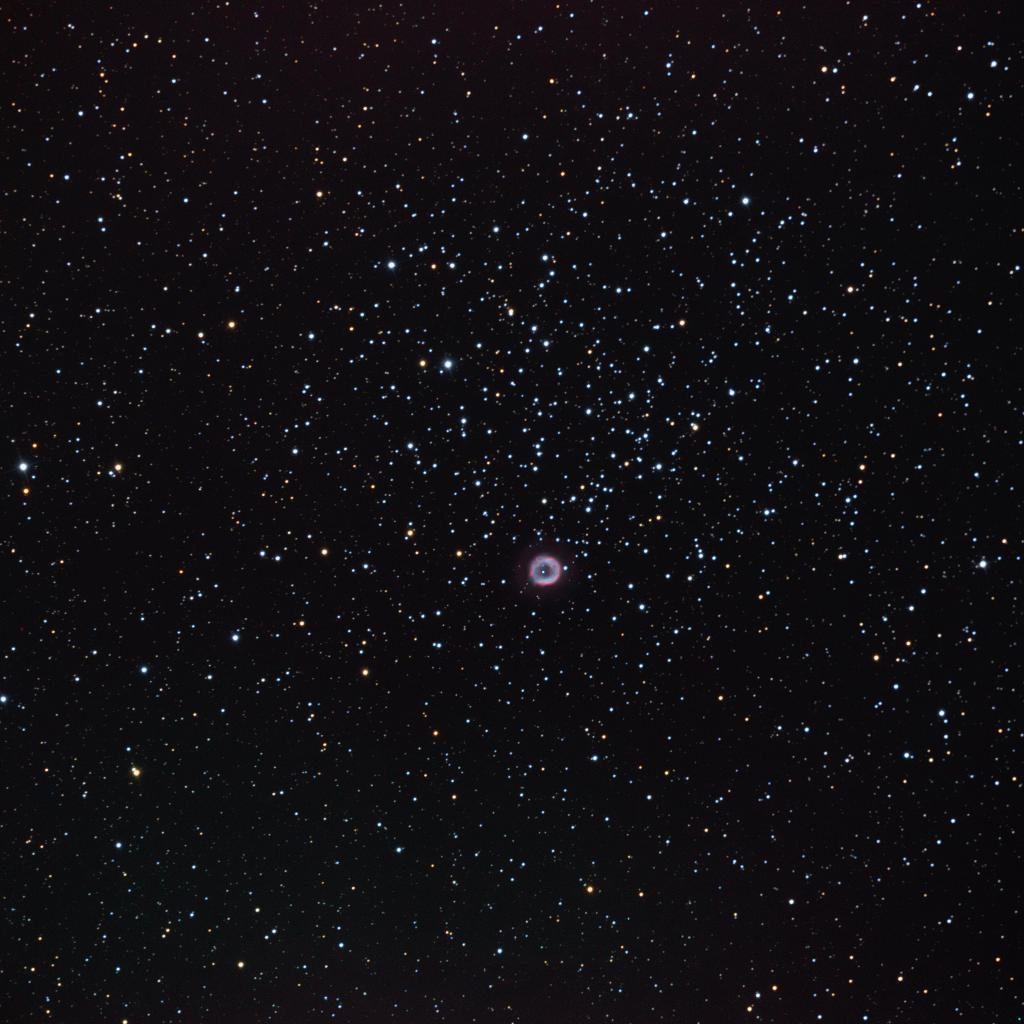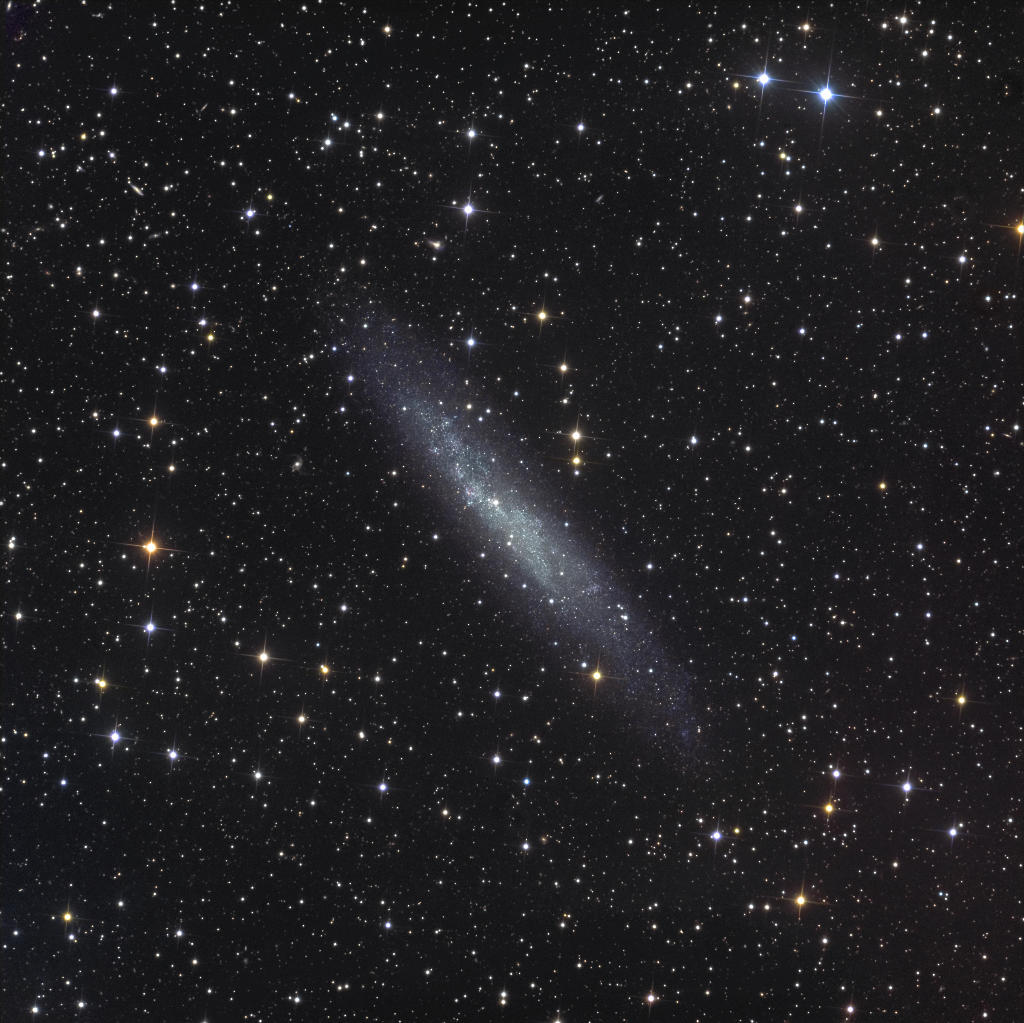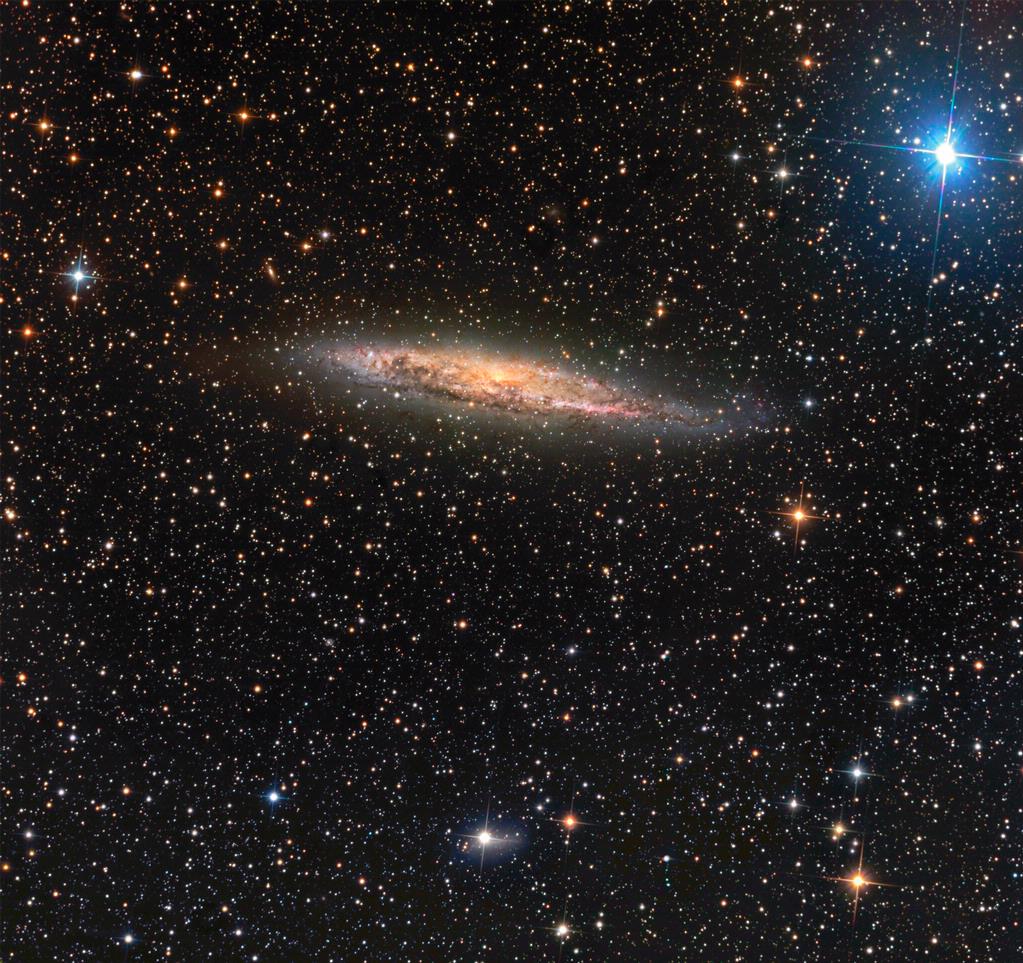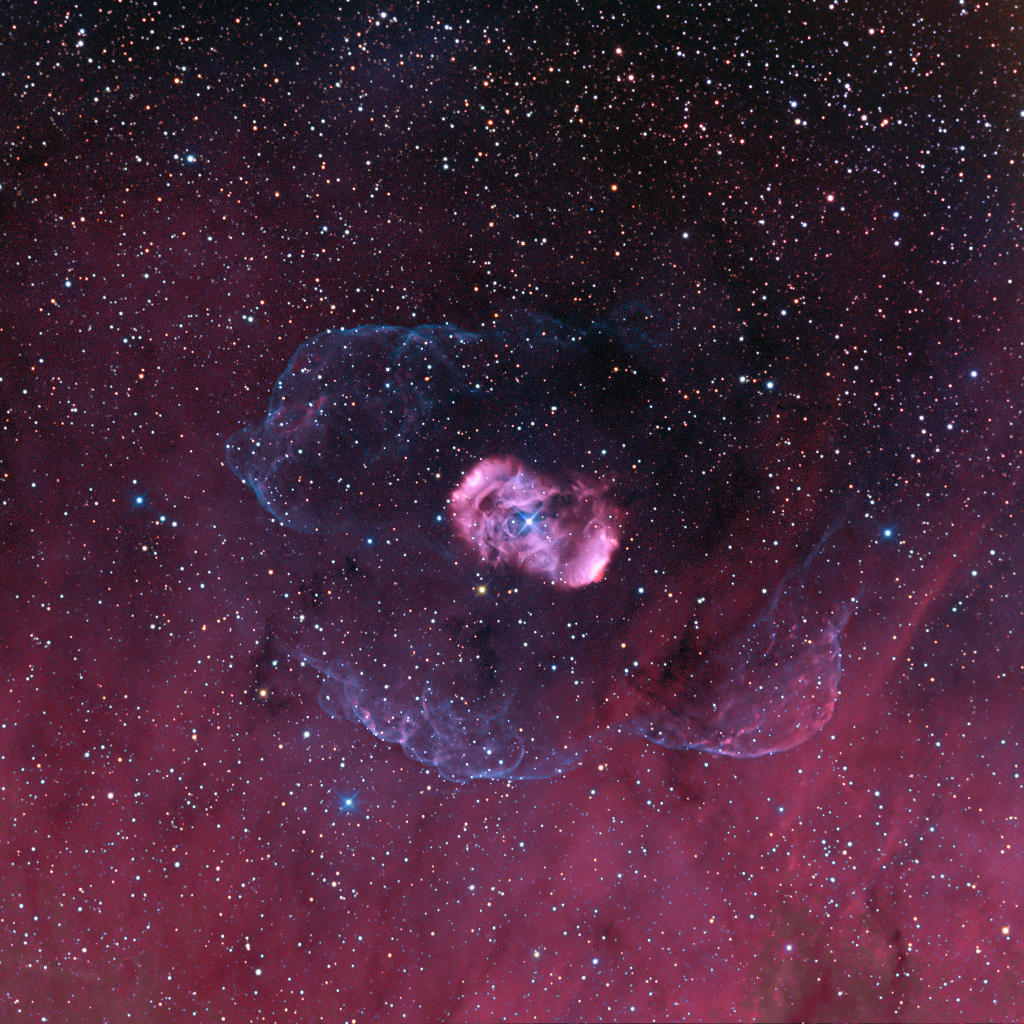Weather History
Our site has the clearest skies for seeing and cloudless nights in Australia. We are the only telescope hosting facility to record and publish our "nightly" statistics (not annual statistics), because we know we are equal, if not the best site in Australia.
So what is a clear night in our terms?
A Clear Night is defined by us as six hours of continuous clear dark skies at the minimum.
We are very excited about our future in the telescope hosting industry and intend to be leaders in the field, setting a world class standard in telescope hosting facilities and customer service.
As of June 2011, we have also introduced an additional criteria "Mostly Clear" to show the nights where imaging is fine, but the sky has not stayed continuously clear for the strict six+ hours minimum.
A Mostly Clear Night is defined as four to five hours of clear dark skies with the night broken by some cloud.
We introduced this extra definition as we observed that we have recorded and utilised many nights with four to five hours of clear, usable imaging time.
Previously, our history of statistics only distinguished between cloudy or clear following the six hour plus criteria, which left many nights listed as 'cloudy' that actually had good regular quality imaging time.
Now you can see that we can offer you a large window of opportunities to view through our clear skies with regular clear or mostly clear nights.
So yes, we definitely feel confident our skies at Riverland Dingo Observatory Telescope Farm are the clearest in Australia and have the statistics to show it.
In general, the south of Australia has continued waves of cold fronts year round, whereas northern Australia has the relatively stable tropical weather patterns year round.
Our site is located between the southern and northern Australian weather patterns placing us in an even better position of relative stability.
To our advantage, we selected to position the site in an arid desert climate which in general means days are hot with the nights being very cold. The exception to this is in the middle of summer where temperate at night can hover around 28C / 80F due to extended heat waves. The annual rainfall here at Moorook is approximately 264 mm and cloudy days are limited.
Sight normally ranges from 1.5" to 2.8" FWHM with best being around 1" FWHM and the maximum being around 4.5 FWHM.
To back up our statement, you can also do your own research by looking at our nightly cloud graph and the all-sky cam and compare your observations with our nightly records.




